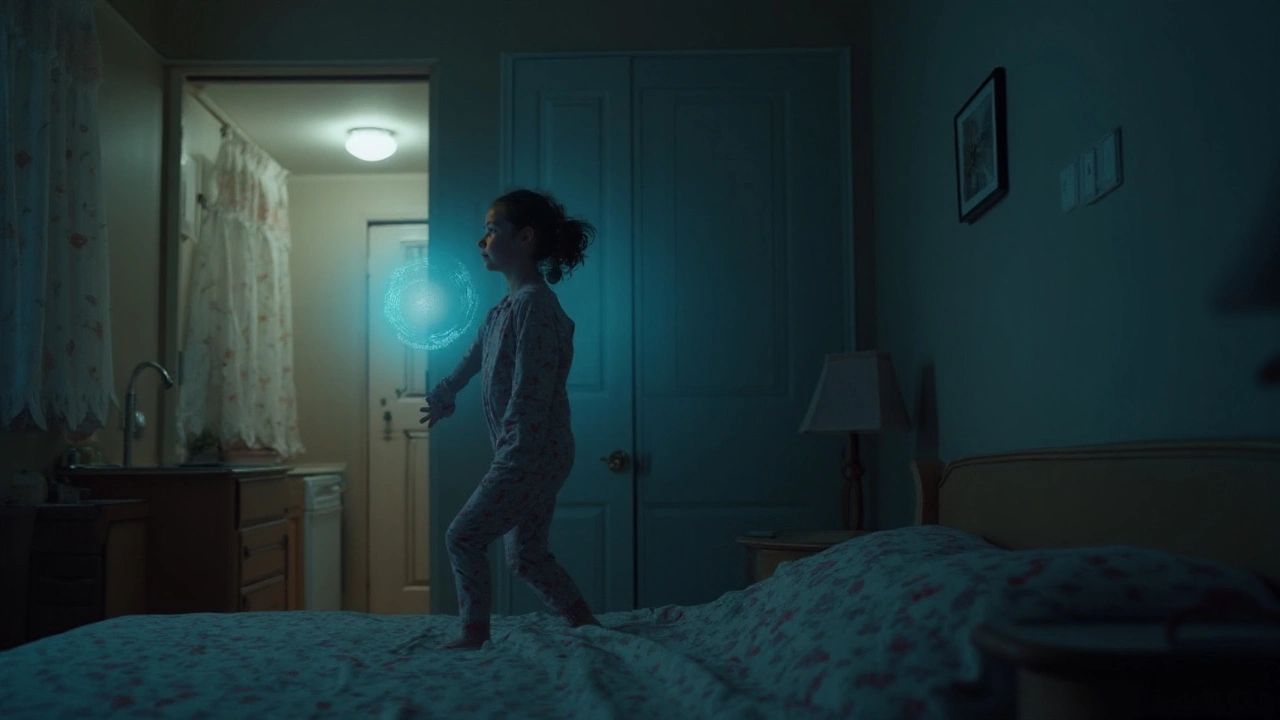REM Sleep: What It Is, Why It Matters, and How It Affects Your Health
When you sleep, your brain doesn’t shut off—it switches modes. One of those modes is REM sleep, the stage of sleep where your brain is nearly as active as when you’re awake, your eyes dart around, and most dreaming happens. Also known as rapid eye movement sleep, it’s not just a side effect of rest—it’s essential for how you think, feel, and recover every day. Without enough REM sleep, your memory fogs up, your mood tanks, and even your hormones start acting up. Studies show that people who miss out on REM sleep regularly are more likely to struggle with low testosterone, chronic stress, and even trouble managing pain.
REM sleep doesn’t come right away. It shows up after about 90 minutes of sleep, cycling in and out four to five times a night. Each cycle gets longer, with the final one often lasting over an hour. That’s why waking up late—or sleeping in—can feel so much better. You’re not just getting more sleep; you’re getting more of the deep, brain-repairing kind. If you’re on medications like opioids, modafinil, or even some antidepressants, they can suppress REM sleep without you even noticing. And if you’re dealing with sleep apnea, insomnia, or just tossing and turning, you might be cutting your REM time short without realizing it.
What happens when REM sleep vanishes? Your brain can’t sort through the day’s experiences properly. Your emotional control weakens. Your body doesn’t reset its stress chemicals. And over time, that can show up as brain fog, irritability, or even worsening chronic conditions like arthritis or heart disease. The good news? Fixing your sleep habits doesn’t always mean sleeping longer—it means sleeping smarter. Cutting caffeine after noon, avoiding screens before bed, and keeping a regular schedule can boost your REM time without pills or gadgets.
Below, you’ll find real-world guides that connect REM sleep to things you actually deal with: how opioids mess with your hormones, why modafinil might be stealing your dreams, how stress ruins your sleep cycle, and what you can do about it. These aren’t theory pages—they’re practical fixes from people who’ve been there.
How REM Sleep Influences Sleepwalking and Sleep Talking
Explore how Rapid Eye Movement (REM) sleep affects sleepwalking and sleep talking, the science behind these parasomnias, and practical ways to manage them.
© 2025. All rights reserved.

